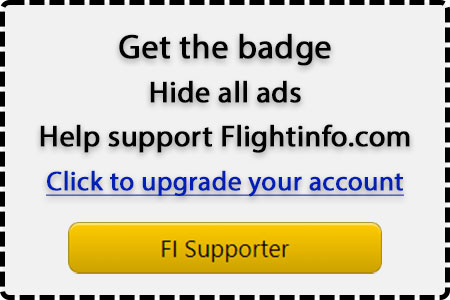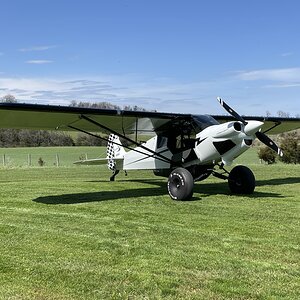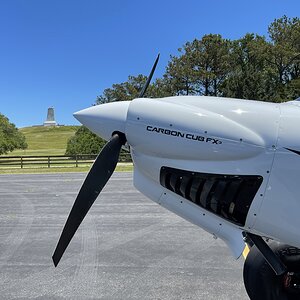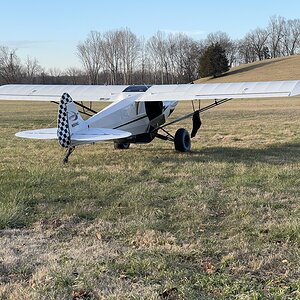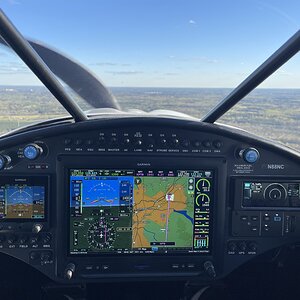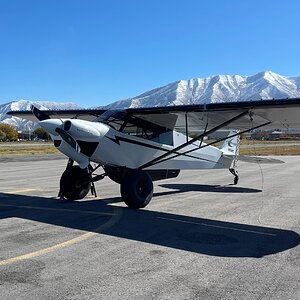ImbracableCrunk
Unregistered Un-User
- Joined
- Feb 5, 2003
- Posts
- 1,481
These scenarios play out every day all over. If the numbers are legal when you push from that point on whether you're on the ground or in the air all you have to do is ensure you burn off enough to land. The distinction is the planning versus the actual, kind of like flight time limits.
So by that logic you can take off above MGTOW or below MIN Fuel. It was good at the gate, so giddyup.
Except - the sneaky FAA actually differentiates between dispatch and physical take off:
Sec. 121.639 - Fuel supply: All domestic operations.
No person may dispatch or take off an airplane unless it has enough fuel --
(a) To fly to the airport to which it is dispatched;
(b) Thereafter, to fly to and land at the most distant alternate airport (where required) for the airport to which dispatched; and
(c) Thereafter, to fly for 45 minutes at normal cruising fuel consumption. . .
In our question when 121.195 says:
Sec. 121.195 - Airplanes: Turbine engine powered: Landing limitations: Destination airports.
(a) No person operating a turbine engine powered airplane may take off that airplane . . .
. . . they mean take off, not dispatch.
